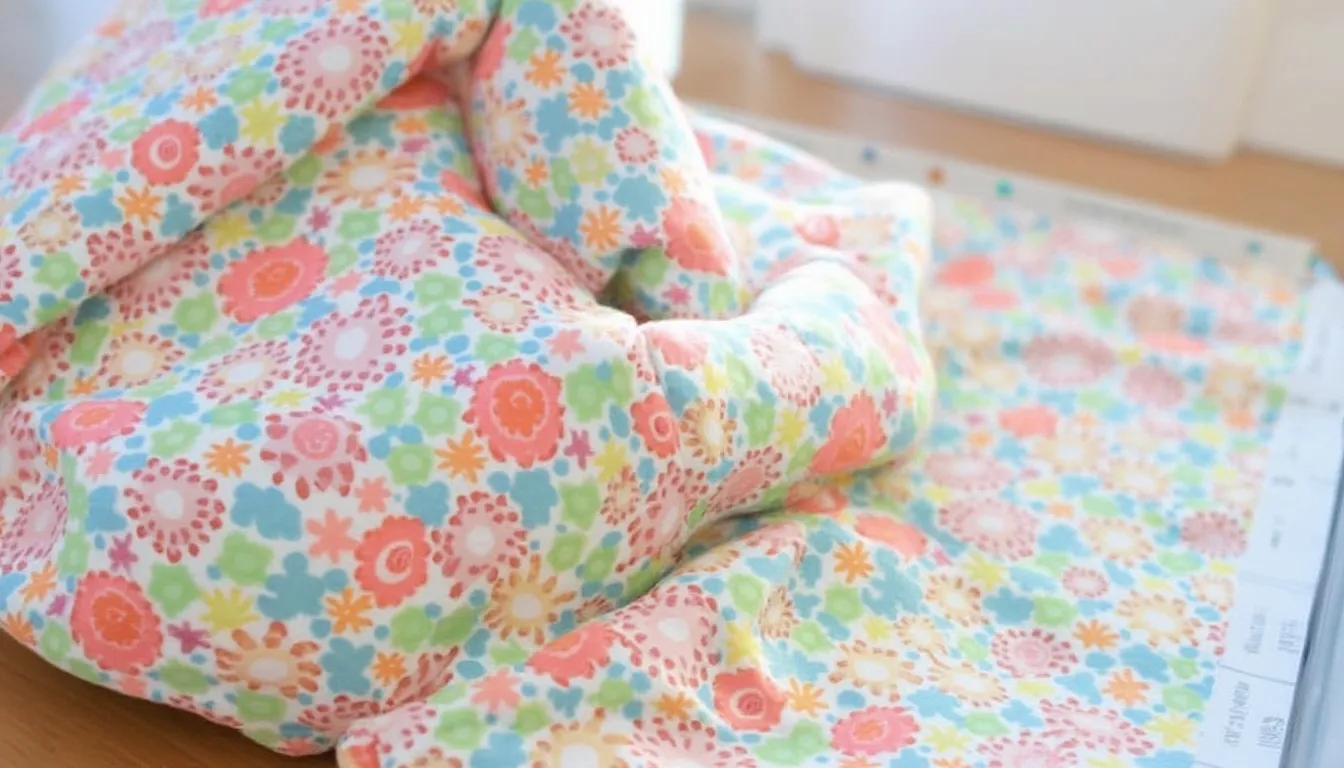DIY Diapering: How to Make Your Own Cloth Diapers
As a mom who has ventured into the world of DIY diapering, I can tell you that making your own cloth diapers is not only cost-effective but also incredibly rewarding. When I first started, I was overwhelmed by the sheer number of options available, but with a little research and some trial and error, I found a method that worked perfectly for my little one.

First, let's talk about the materials. The most common fabrics used for cloth diapers are cotton, bamboo, and hemp. I personally prefer bamboo because it's soft, absorbent, and naturally antibacterial. However, cotton is a great option if you're looking for something more budget-friendly. Hemp, on the other hand, is super absorbent but can be a bit stiff, so it's often blended with other materials.
Once you've chosen your fabric, you'll need to decide on a pattern. There are plenty of free patterns available online, and I found a simple one that was easy to follow. I recommend starting with a basic design and then customizing it to fit your baby's needs. For instance, I added extra layers in the wet zone for more absorbency, which worked wonders for overnight use.
Now, let's discuss the sewing process. If you're new to sewing, don't worry! I was a beginner myself, and I found that cloth diapers are a great project to start with. The key is to take your time and practice patience. I used a basic sewing machine and had no issues. Remember to pre-wash your fabric to prevent shrinkage and use a zigzag stitch to ensure durability.
After making my first set of cloth diapers, I was thrilled with the results. Not only did they fit my baby perfectly, but they also saved us a significant amount of money in the long run. Plus, there's something incredibly satisfying about knowing that you're providing your baby with a product that's both eco-friendly and handmade with love.
In conclusion, making your own cloth diapers is a fantastic way to combine creativity with practicality. It's an opportunity to tailor a product specifically for your baby's needs while also contributing positively to the environment. If you're considering giving it a try, I highly encourage you to do so. It might take a bit of practice, but the benefits are well worth the effort.
Car Seats
The Importance of Car Seat Checks and Inspections
Car Seats and Climate: Keeping Your Baby Comfortable Year-Round
Car Seat Expiration Dates: What Parents Need to Know
Understanding LATCH Systems for Car Seats
Car Seats and Carpooling: Ensuring Safety for All Children
The Importance of Rear-Facing Car Seats for Infants